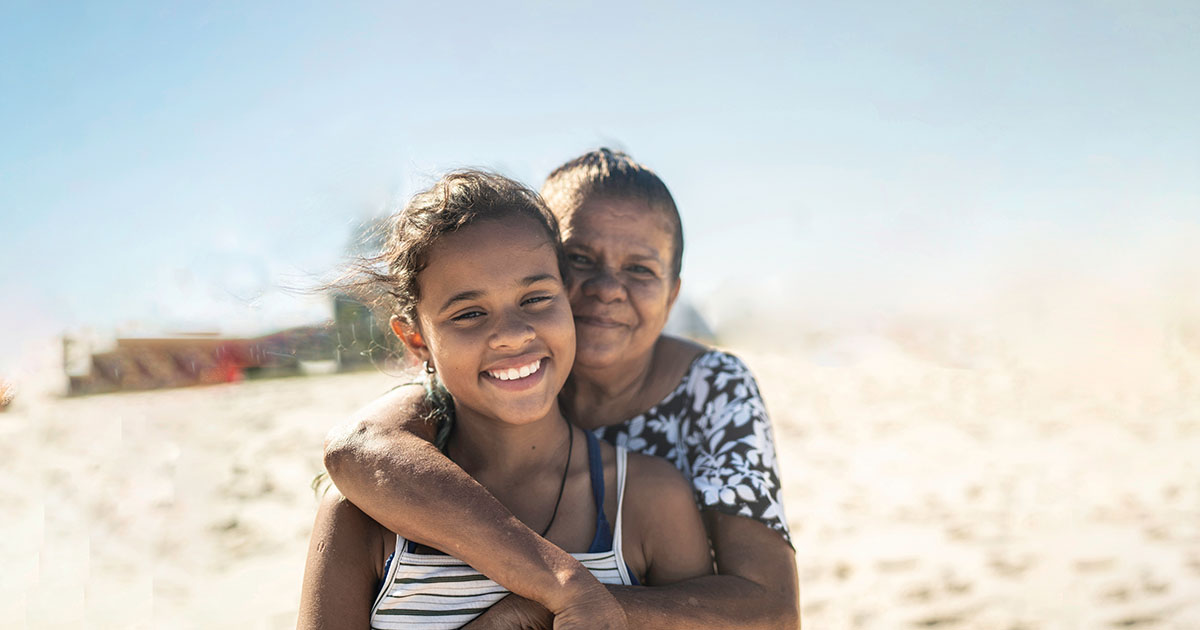How to stop people ageing into homelessness
- Details
It’s my firm belief that a good measure of a society is how people, communities and decision-makers treat, respect and support older people, particularly our most vulnerable elderly citizens.
Older people in our country should be cherished and valued for their far-reaching contributions to the communities we live and work in.
This International Day of Older Persons (1st October) is particularly focussed on the resilience and contributions of older women. Women continue to take on much of the caring roles in our society, informal supports that we could not do without. They are also some of our most important changemakers, advocating for others and for a fairer world. Unfortunately, older women are also one of the fastest growing groups of people seeking assistance from specialist homelessness services.
Therefore, this International Day of Older Persons is also an important reminder there’s much more Australia can do to better support older people, including those who are homeless or on the verge of becoming homeless. This is especially important given Australia’s ageing population is expected to double between 2010 and 2050.
When we’re talking about homelessness we often consider ‘older people’ as people over 55 years. Although a person in their mid-fifties may not typically be considered elderly, the cumulative effect of homelessness, poverty and disadvantage takes a huge toll. Research reveals that by the time people experiencing homelessness are in their fifties, they may have the same health issues as someone in their eighties due to premature ageing.
The 2016 Australian Bureau of Statistics data tells us that of the 116,000 total people who are homeless, one in six or close to 19,000 people are over the age of 55 years. This figure is likely to rise with the 2021 Census statistics which will be released in 2023. And we know there was an increase of people aged over 55 experiencing homelessness of 21 per cent from the year 2011 to 2016. The top three reasons why older people sought assistance from specialist homelessness services in 2020-2021 were: housing crisis, domestic and family violence, and financial difficulties.
We know that older people who are homeless are more likely to experience what is known as hidden homelessness. Most aren’t on the streets; they’re more likely to be living in unsafe or insecure living conditions like temporary refuges, overcrowded accommodation, a garage or couch surfing.
For many, it’s the first time they’ve been without a safe, secure home. Too many older Australians are facing enormous financial and emotional distress, living in isolation and often don’t know where to turn for help.
Older women are at higher risk than older men of later-in-life homelessness, often as a result of low retirement savings and superannuation and the soaring costs of housing and rentals. We know these factors lead older women to be more exposed to challenges like sudden illness, job loss, domestic violence, divorce or when they are widowed.
It’s vitally important that older people living in our communities have stable accommodation, hand-in-hand with access to the supports they need, so they can ensure their personal wellbeing and lead fulfilling and dignified lives.
We need all levels of government to prioritise the provision of more affordable homes to stem the tide of people becoming homeless. Mission Australia continues to call on the Federal Government to adequately invest in more homes that are affordable, accessible and suitable for a diversity of needs as part of the National Housing and Homelessness Plan. For older people, this investment should include wrap-around supports to age in place, social housing specifically designed to accommodate older people’s needs and more intensive supported accommodation models.
We know through our work that there is also a high demand for aged care facilities for older people with complex needs, like the three aged care facilities that Mission Australia operates in NSW for people who are at risk of homelessness or are homeless. For older people with a history of long-term homelessness, the need for this intensive level of care may occur far earlier than in the general population and well before retirement age. Funding for at least one new supported aged care facility in each state annually would go a long way to address the current gaps.
Our staff who work alongside older people are truly compassionate professionals supporting them at each stage of their journey from homelessness, to receiving support and care, ongoing case management and of course, being safely housed. If you wish to support the vast and varied work Mission Australia does, including help for older people, you can donate through our website.
With adequate and accessible supports and housing, Australia can stop older people ageing into homelessness. Together we can ensure our growing ageing population can thrive, stay well, remain safely housed and feel an essential part of the communities they live in.

Sharon Callister
CEO Mission Australia
@sharoncallister
Related media releases
Read about what we’ve been working on, our stance on important social issues and how you make a difference to vulnerable Australians' lives.



